Cape Cod house style – the ultimate guide to what it is and how to get the look
An in-depth look at Cape Cod house style – and how to make the most out of it
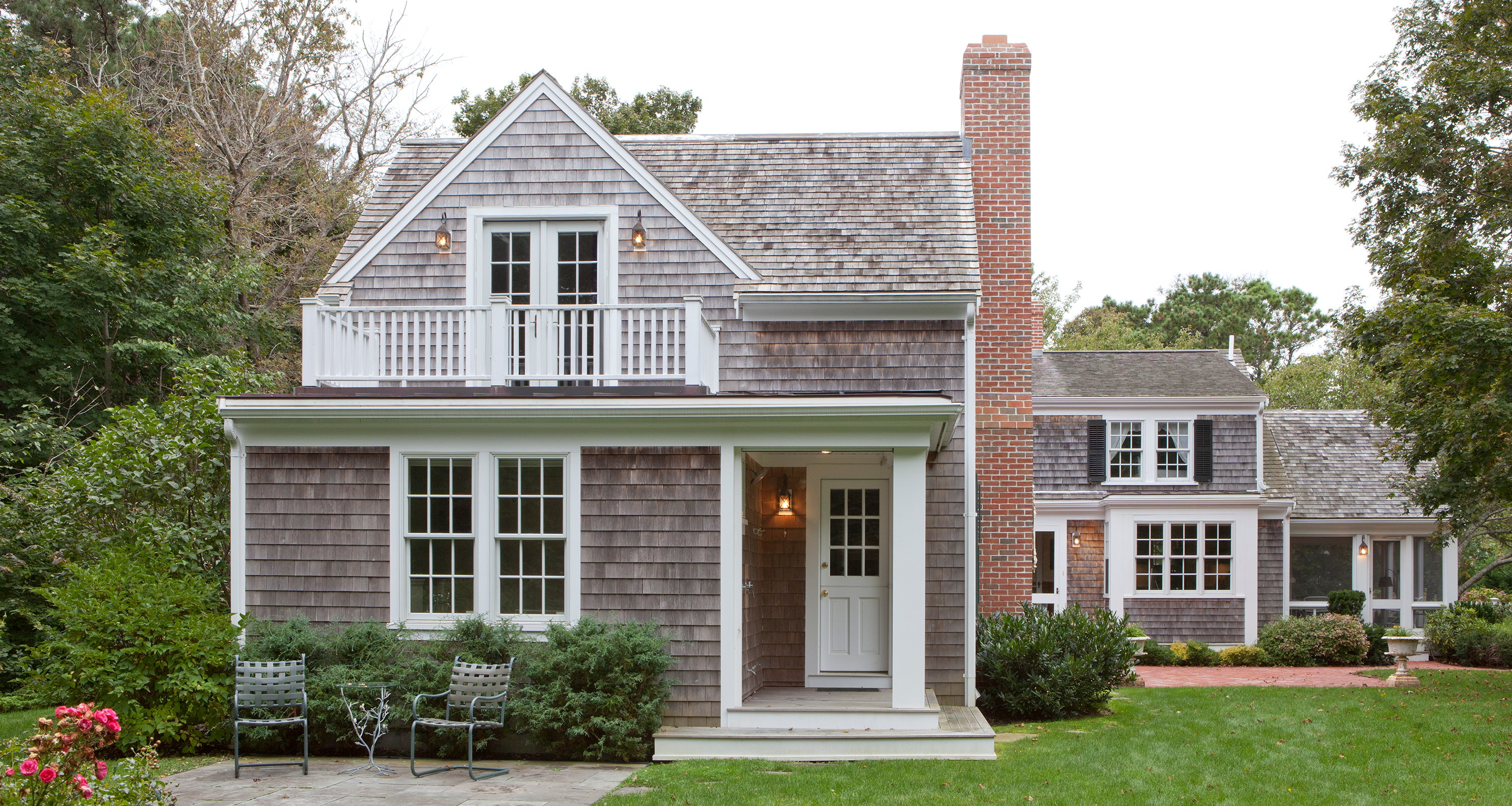
When it comes to architecture, Cape Cod house style is as all-American as a fresh slice of apple pie.
Dating back to New England during the 17th century, this classic style proves that keeping it simple is anything but boring. In fact, it’s not too hard to see how Cape Cod homes have deftly surpassed the test of time.
Want to get acquainted with the beloved architecture style? Keep reading for an in-depth look at Cape Cod homes.
- See more: House Styles - the complete guide to architectural styles and eras
What is Cape Cod house style?
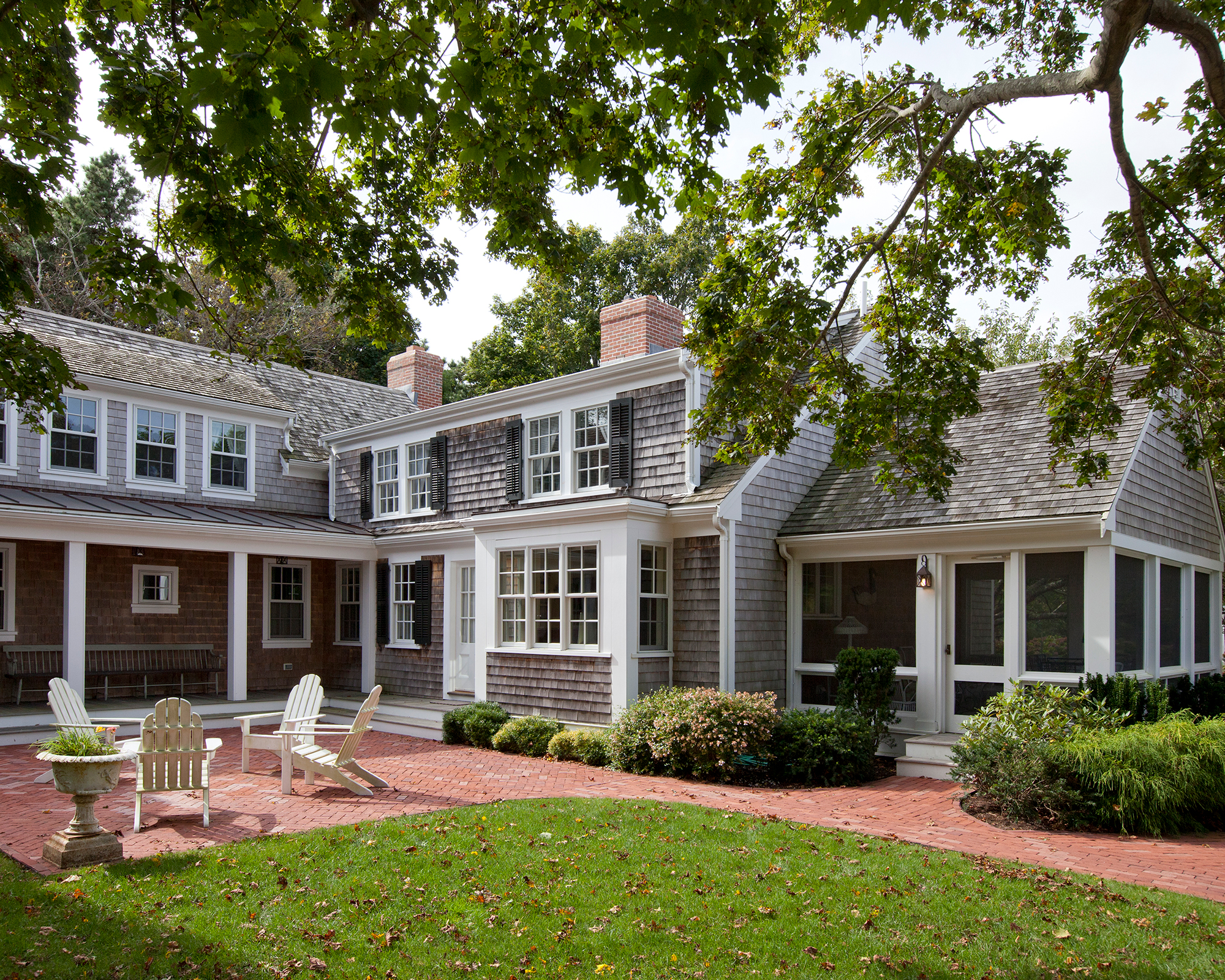
Before you dive into all of the nuances and rich history surrounding Cape Cod house style, it’s important to understand how it is defined.
Generally, Cape Cod homes have a steep roof, shingled exterior, symmetrical façade, and large chimney in the middle. While Cape Cod houses can have multiple floors, most residences are single-storied. Additionally, Cape Cod house style is notoriously free of any superfluous ornamentation, making them versatile enough for a variety of homeowners.
Nowadays, Cape Cod house style falls into one of three categories: a full Cape, three-quarter Cape, and half Cape. While full Cape houses boast a picture-perfect symmetry that is commonly associated with the style, three-quarter and half Capes are smaller, not to mention their entryways and chimneys are slightly offset. (You can also think of it as three quarters or half of a traditional Cape Cod house.)
According to Barry Goralnick, a New York-based designer who grew up surrounded by Cape Cod houses in Massachusetts, these smaller iterations have their perks.
'They’re perfect for today’s younger buyers who don’t want the ostentation of a McMansion,' he says. 'They want to live honestly in multifunctional spaces. Not only are these homes space efficient, they are energy efficient – something we are all more conscious of these days. The rise of the "tiny house" culture is a perfect parallel.'
When did Cape Cod house style originate?
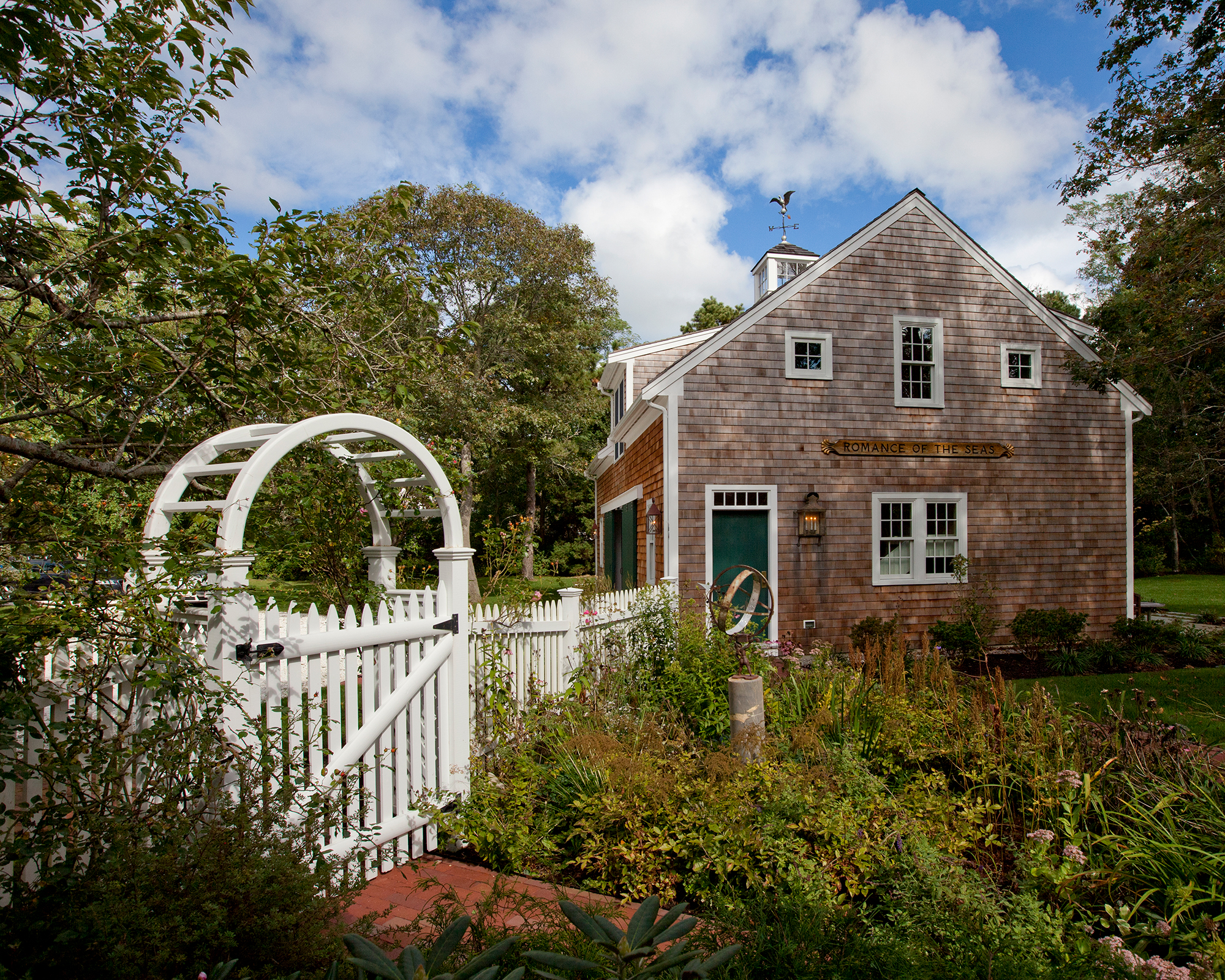
While Cape Cod house style is typically synonymous with American architecture, it actually dates back to the Puritan colonists back in the 17th century. When early settlers came to the United States, they decided to model their new abodes after their half-timbered homes from England — with a few upgrades to suit their new surroundings. Thus, Cape Cod house style was born.
'Their origins are practical, simply adorned and designed to stand up to the difficult weather of the climate,' says Goralnick. 'Pitched roofs shed snow. The shingles, which weathered to an earthy gray color, also shed rain and are sturdy and practical.'
But just because Cape Cod house style has been around for nearly 400 years doesn’t mean it's lost its luster. While it fell out of trend in the 1850s, the style had a major resurgence between 1925 and 1955. According to the United States’ Department of Archaeology and Historic Preservation, this style was the last type of colonial-era homes to be revived to modern times.
Why is Cape Cod house style so popular?
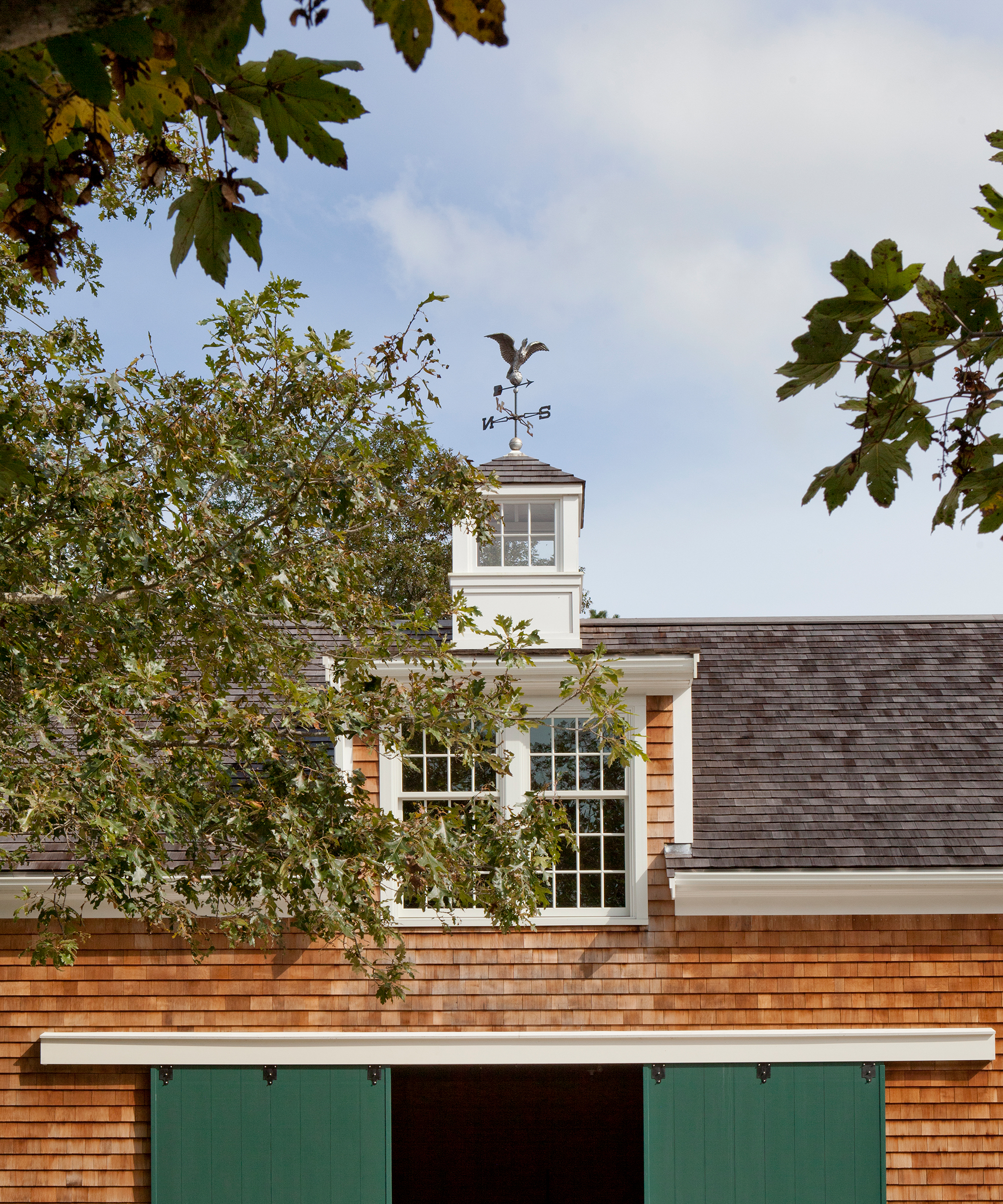
Since Cape Cod house style is typically free of any ornamentation, it’s easy to write it off as bland. But, as architect Kevin Lichten argues, its simplicity has made this a lasting home trend.
'The Cape Cod house endures because it is simple, inexpensive to build, directly responsive to its harsh New England environment,' he explains. 'It’s also flexible in how it can be configured and beautiful for all of those reasons.
'Thanks to its enduring versatility, Cape Cod houses are suitable for an array of regions, types of families, and, of course, materials.
'At its best, when it is properly proportioned and the right materials are handled correctly, it can be gracious, elegant, and even luxurious,' Lichten adds. 'It has dignity. Even at its worst, with bad proportions and vinyl siding, it provides an unpretentious and honest home to the average American family.'
Where can Cape Cod house style be found?
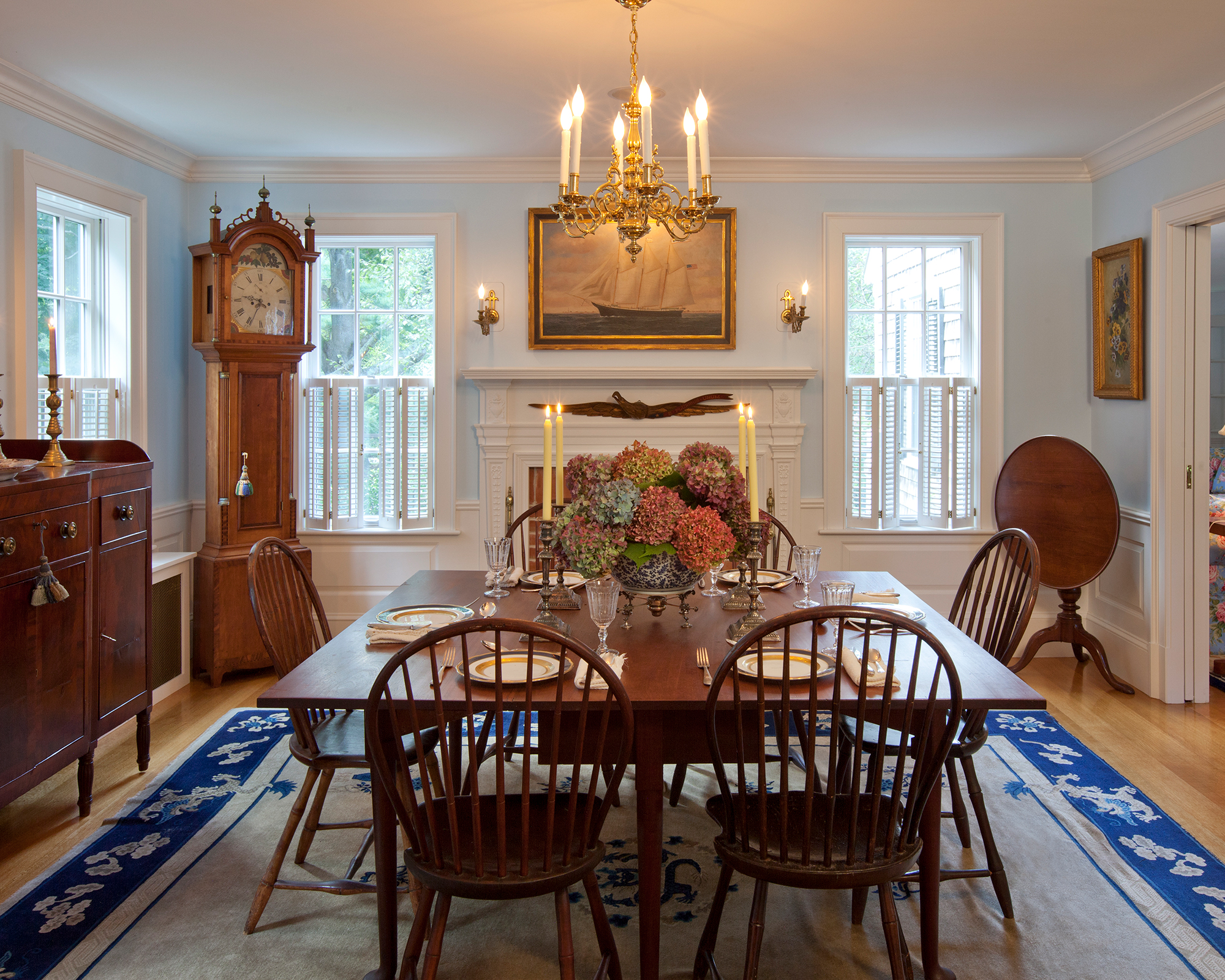
As its name suggests, Cape Cod house style is most common in Massachusetts and the greater New England region. While these types of residences are still be found in the Midwest and along the west coast, they might look different from their traditional, New England counterparts. According to ThoughtCo, modern-day Cape Cod spaces are often mixed with other architectural styles like Tudor, Ranch, Arts and Crafts, or Craftsman.
Though Cape Cod homes are known and loved for their simplicity, they were ultimately designed for colder, snowier climates — right down to their steep roofs. But, when you mix it with another architecture style, you can create a home that feels authentic to your neck of the woods.
What to look for in a Cape Cod home
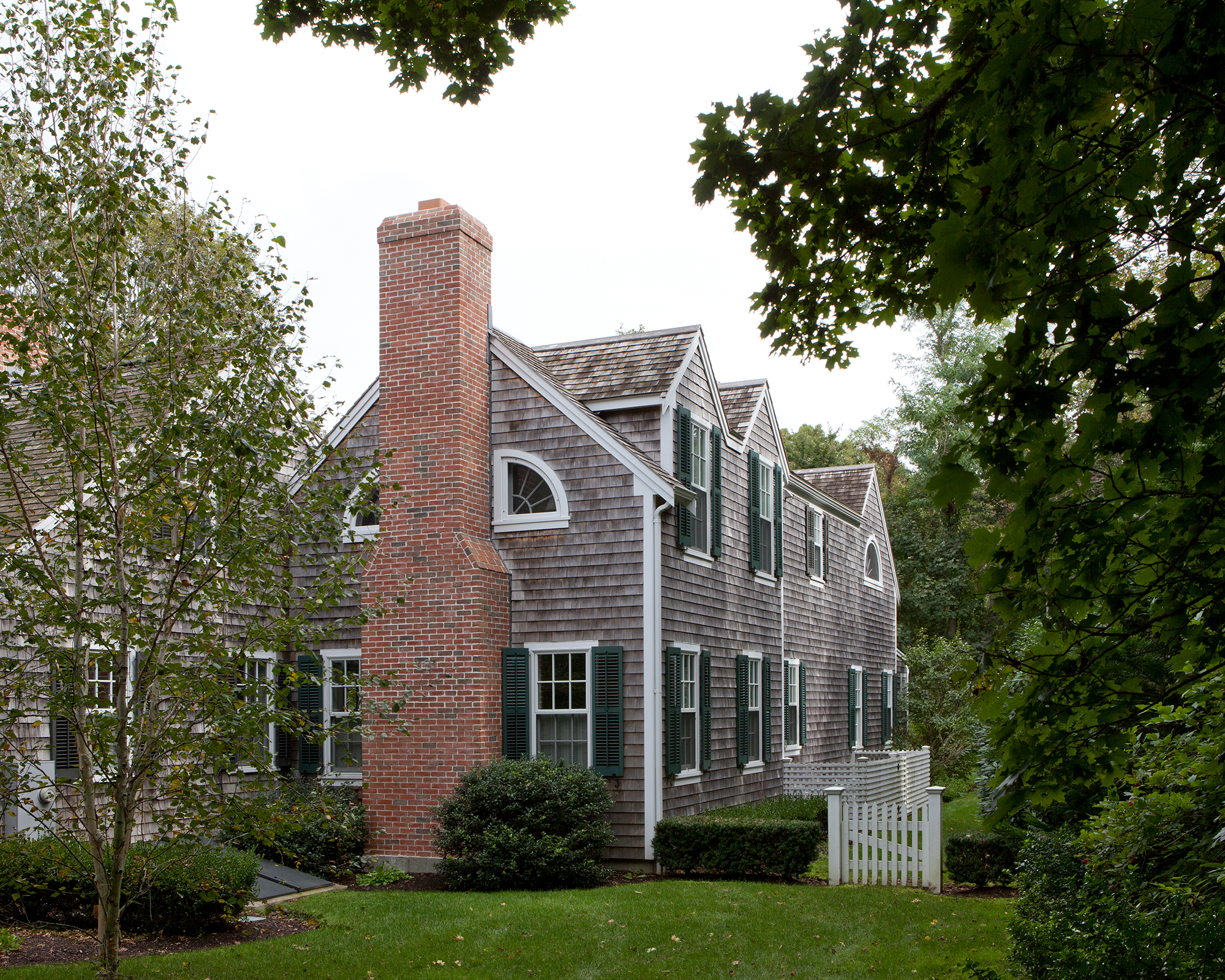
When looking for a Cape Cod house, the façade is usually the first that will come to mind. Though most residences often feature unpainted side shingles and a clapboard or cedar shake roof, its symmetry will likely catch your eye.
'Perfection of proportion is the key to a beautiful full Cape Cod,' Lichten explains. 'The roof’s slope can’t be too shallow and shingle exposure should be four to five inches, not the 10 inches of modern clapboard. The eaves must be low, so the building hugs the ground in defiance of northeasters. And, above all else, the chimney must be robust to anchor the entire building to the earth!'
Most Cape Cod exteriors have a similar look and feel, making them easy to spot in your neighborhood. And, as it turns out, their interiors are just as streamlined as their facades.
'A true Cape Cod home has four rooms downstairs and four rooms upstairs with a fat chimney anchoring it in the middle,' Lichten says. 'Its flexibility can allow a family to grow with simple additions. A full Cape has an entrance door in the middle with a staircase immediately inside.'
Of course, different iterations of the Cape Cod home will feature varying layouts.
'For a half Cape, the front room is the living room and the back room is the kitchen,' Lichten explains. 'A three-quarter Cape has two windows to one side of the front door and one on the other. Upstairs, the attic-like bedrooms can grow with dormers. Ultimately flexibility: half-Cape, three-quarter Cape, full Cape!'
- See more: Modern farmhouse style: what is it, and how to achieve it
How to decorate with Cape Cod house style
As the old adage goes, beauty lies in the eye of the beholder – and your home décor is no exception. However, if you’re looking for ways to decorate your Cape Cod home, here are some stunning ideas to try.
See: Cape Cod living room ideas – elegant, timeless ways to decorate
1. Opt for traditional accents
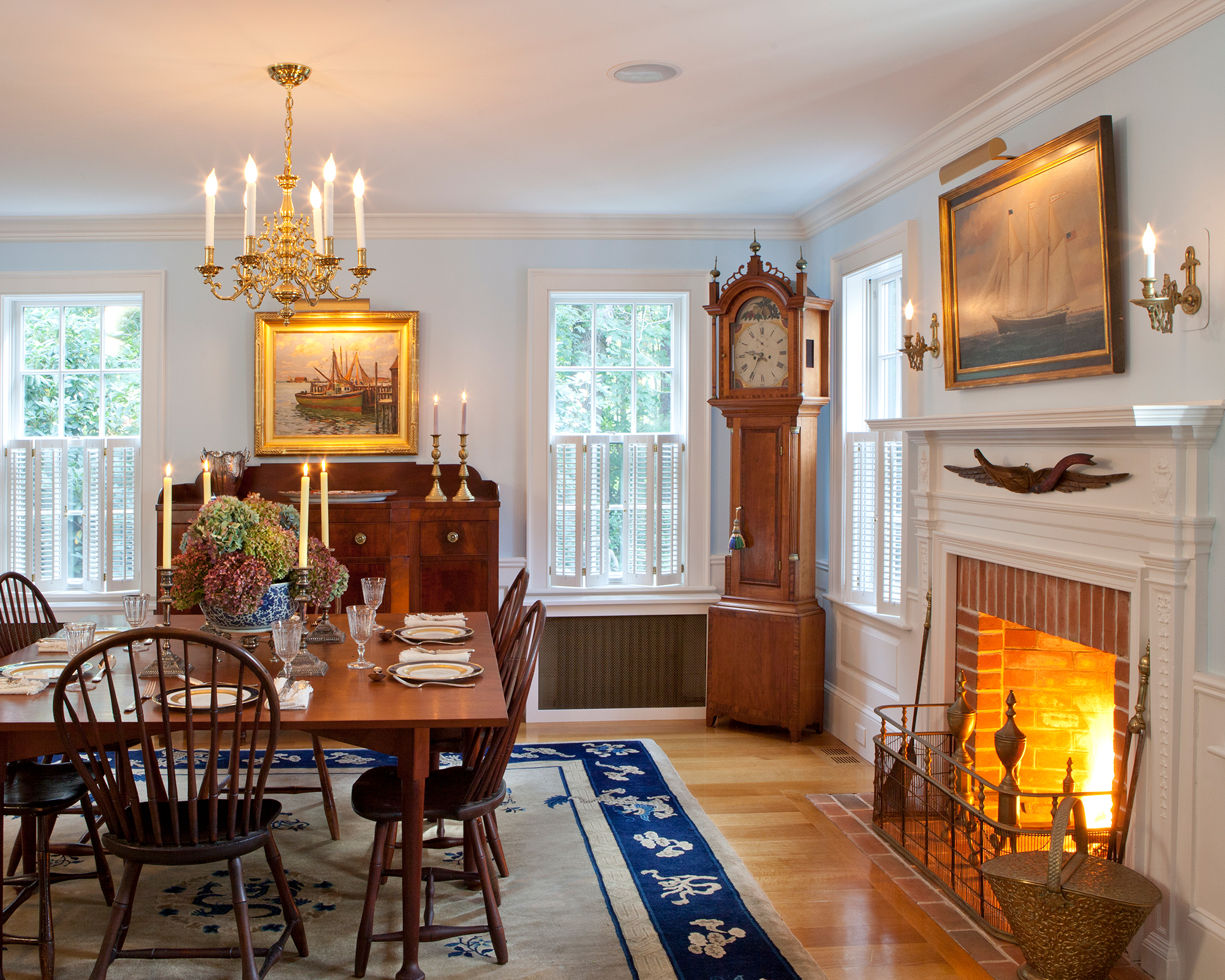
Since Cape Cod house style is known for its rich history, why not lean into the style’s storied past?
If you fancy a walk down memory lane, consider pieces and elements that harken back to colonial America. From lantern pendants, to handsome wooden accents, to a stately grandfather clock, antiques and traditional décor will fit nicely with this beloved architecture.
2. Get creative with ship style
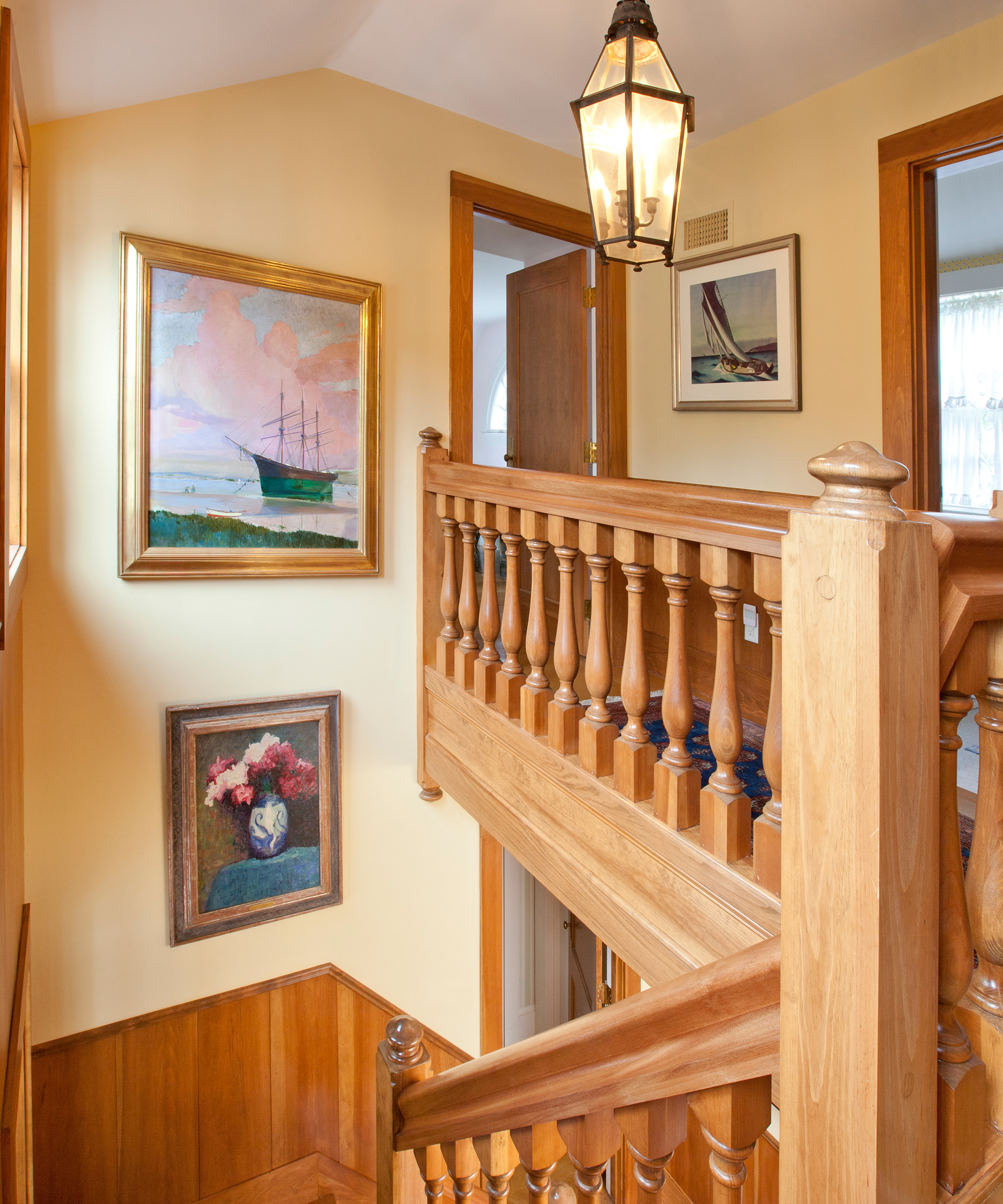
Cape Cod residences can be found throughout New England – and various parts of the United States – but the style feels most at home along the sandy beaches of Massachusetts.
We love how this space uses boat motifs to bring this space back to its coastal roots.
3. Keep it neutral
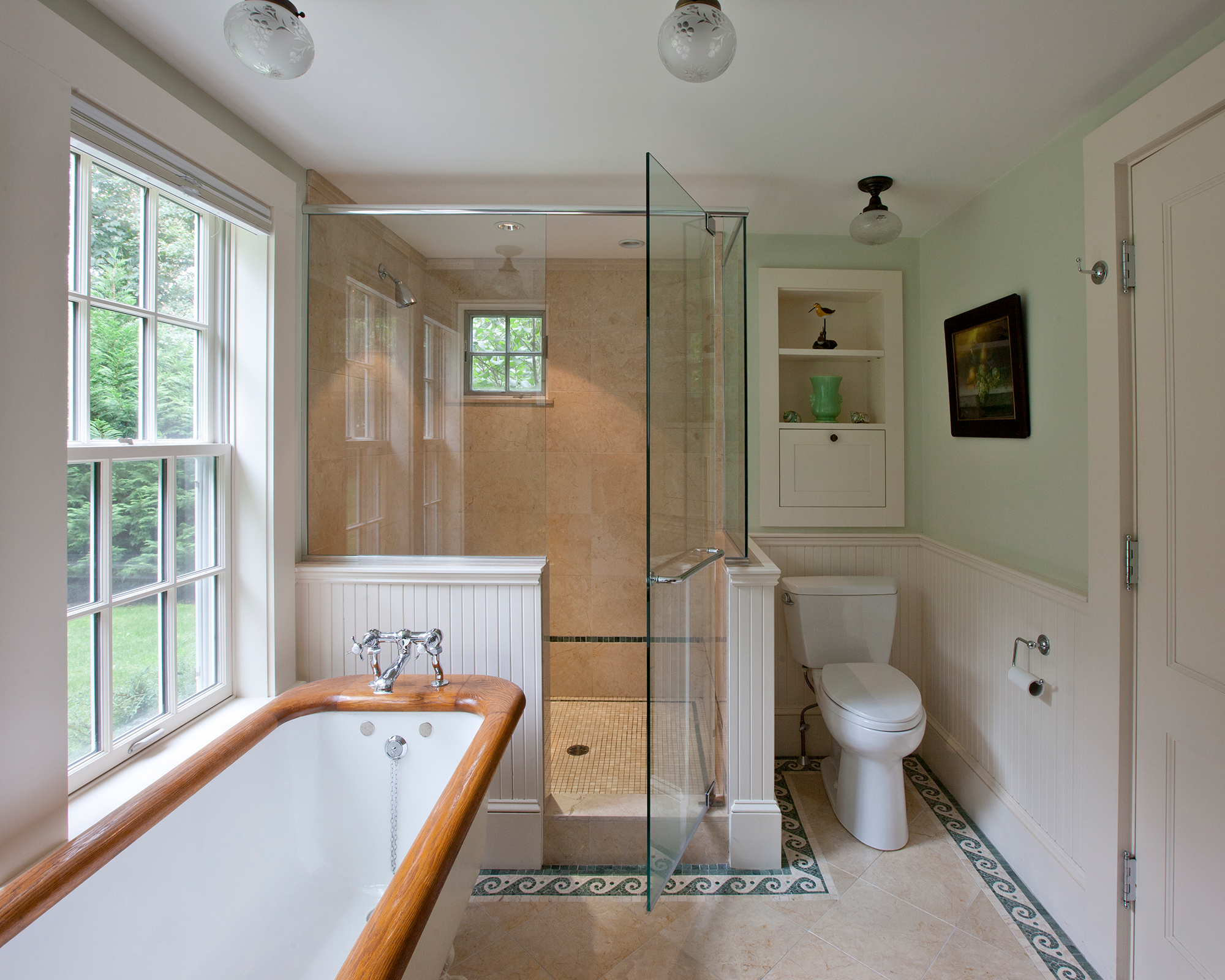
A fresh coat of paint has the power to make or break a space, but don’t worry; when it comes to Cape Cod houses, it’s perfectly fine to keep your color palette simple.
Not only do neutral colors pair nicely with Cape Cod’s simple structure, but they can also act as a blank canvas, ready to evolve as your style does. On the other hand, anyone who wants to embrace the style’s coastal roots will find a lot to love about a palette of light blues and soothing, seafoam greens.
4. Unexpected exteriors
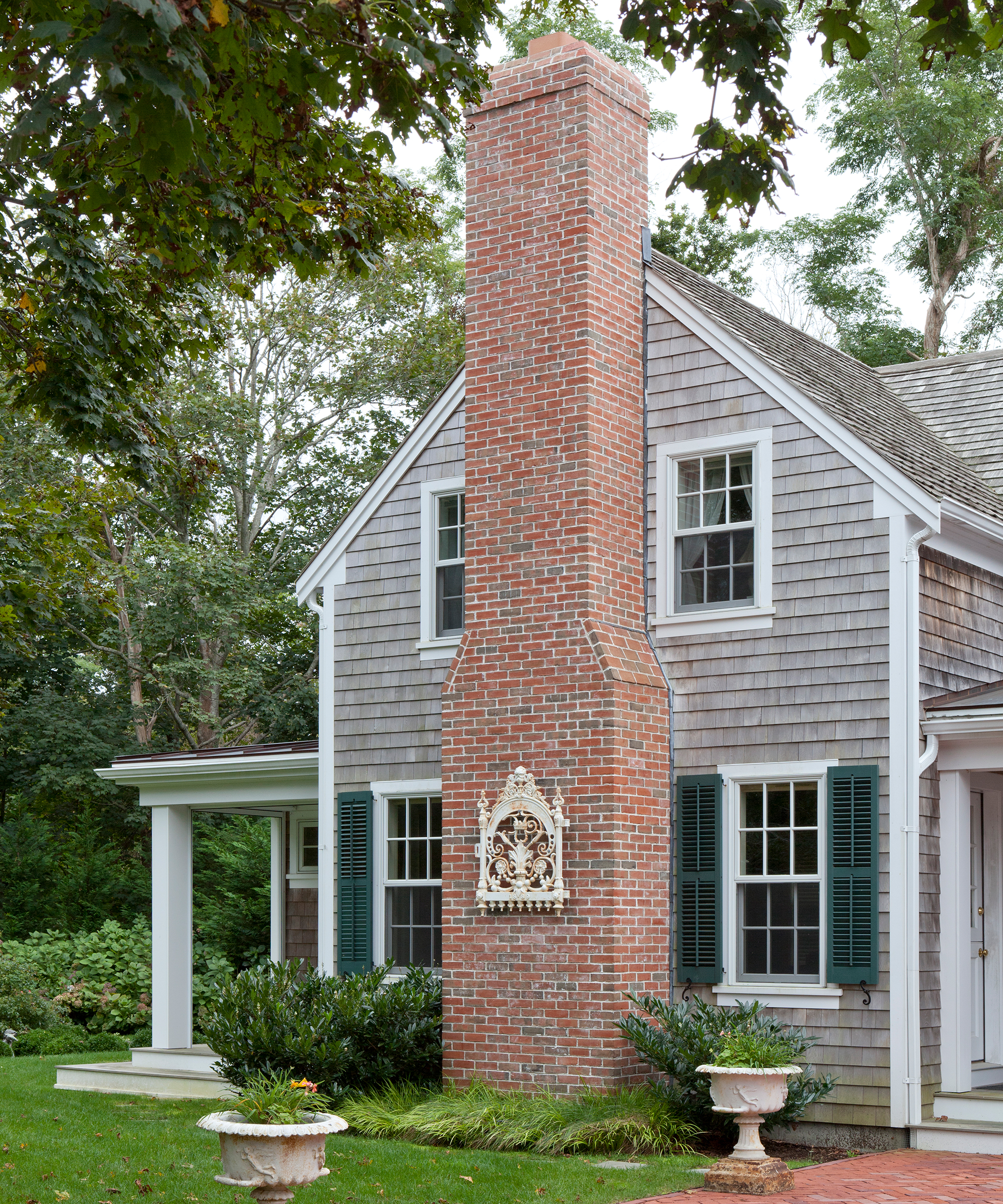
If you want to breathe a new life into your Cape Cod property’s exterior, reconsider its color scheme.
White paint and black shutters was a popular pairing during the Cape Cod revival. However, you can always reinvigorate your façade with a different combination. The space here features natural siding and rich, forest green shutters.
5. Beautify your backyard
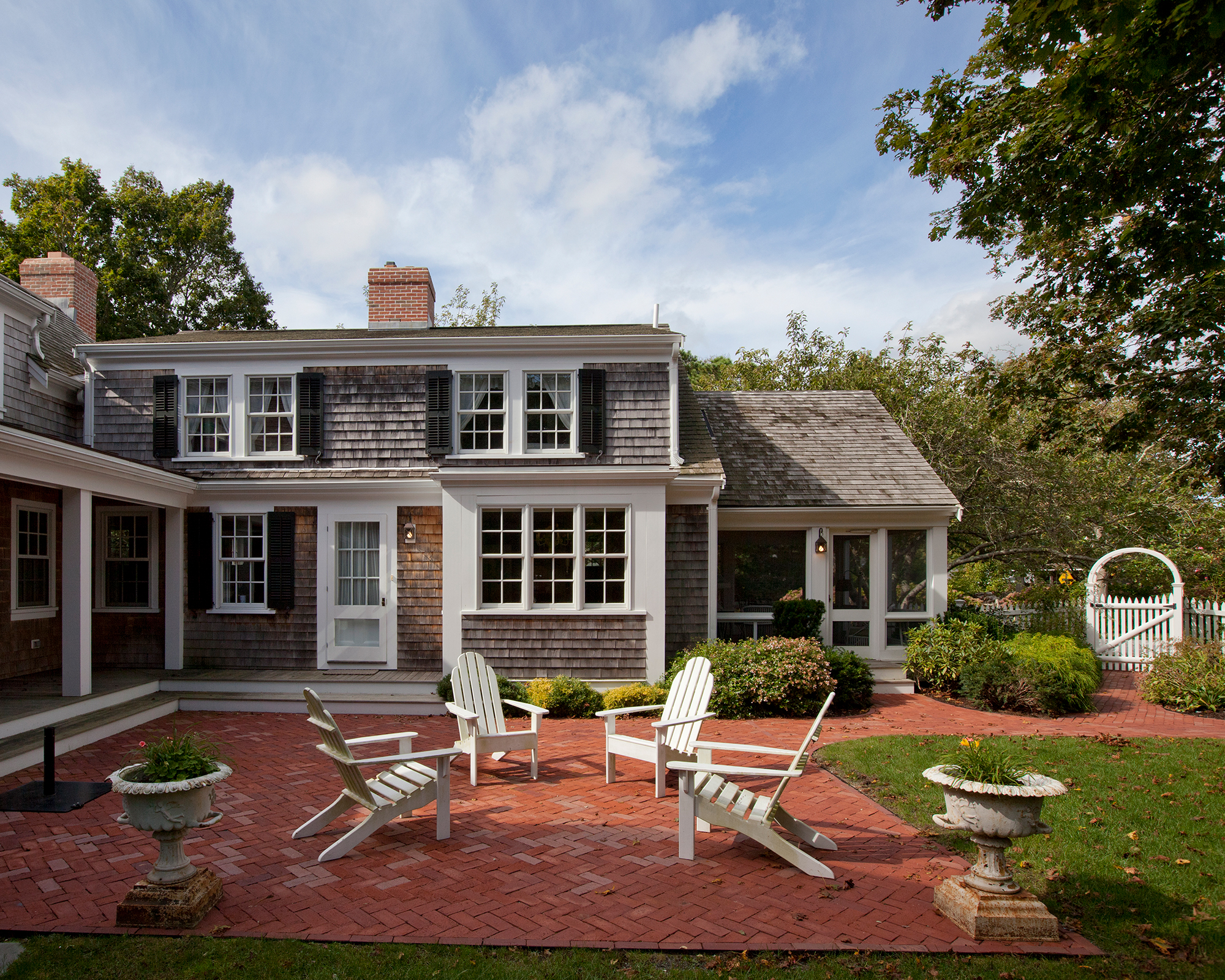
Don’t let their simple reputation fool you: Cape Cod houses offer plenty of opportunities to give your space some personality.
'Once the full Cape is achieved with four windows in the front, it can grow in the back with an extension or a connection to the barn or today to the garage,' Lichten says.
From matching Adirondack chair to a pristine picket fence, you can easily bring that Cape Cod charm to your backyard.
Sign up to the Homes & Gardens newsletter
Design expertise in your inbox – from inspiring decorating ideas and beautiful celebrity homes to practical gardening advice and shopping round-ups.
Kelsey Mulvey is a New York-born, San Francisco-based freelance journalist who covers lifestyle and design content. She started her writing career while studying magazine journalism at Boston University, where her work was syndicated by top digital publications like USA Today and MSN. Upon graduation, Kelsey covered lifestyle content The Wall Street Journal, Off Duty and Business Insider. In 2017, Kelsey started her freelance journalism career, where she contributes to design publications like AD PRO, Elle Decor, Wallpaper*, and more. W
-
 Plants never to grow next to fruit trees
Plants never to grow next to fruit treesExpert advice on which plants to keep away from fruit trees to encourage a healthy harvest
By Jacky Parker Published
-
 Martha Stewart's tips for arranging daffodils are unbelievably simple and effective – it's the only flower advice you need this springtime
Martha Stewart's tips for arranging daffodils are unbelievably simple and effective – it's the only flower advice you need this springtimeMartha shows us that we can create gorgeous bouquets of this seasonal flower by simply trimming the stems and placing them in specific vases
By Hannah Ziegler Published